Alright, how often do you get to the end of direct instruction unsure if 50% of the students understand? Then, you look at the clock to see that there is no time to practice. The next day is much of the same. So frustrating! In a flipped classroom approach, I didn’t fall into this cycle. Students can complete direct instruction at their own pace. Time in class is spent practicing and showing mastery. A lot less frustration.
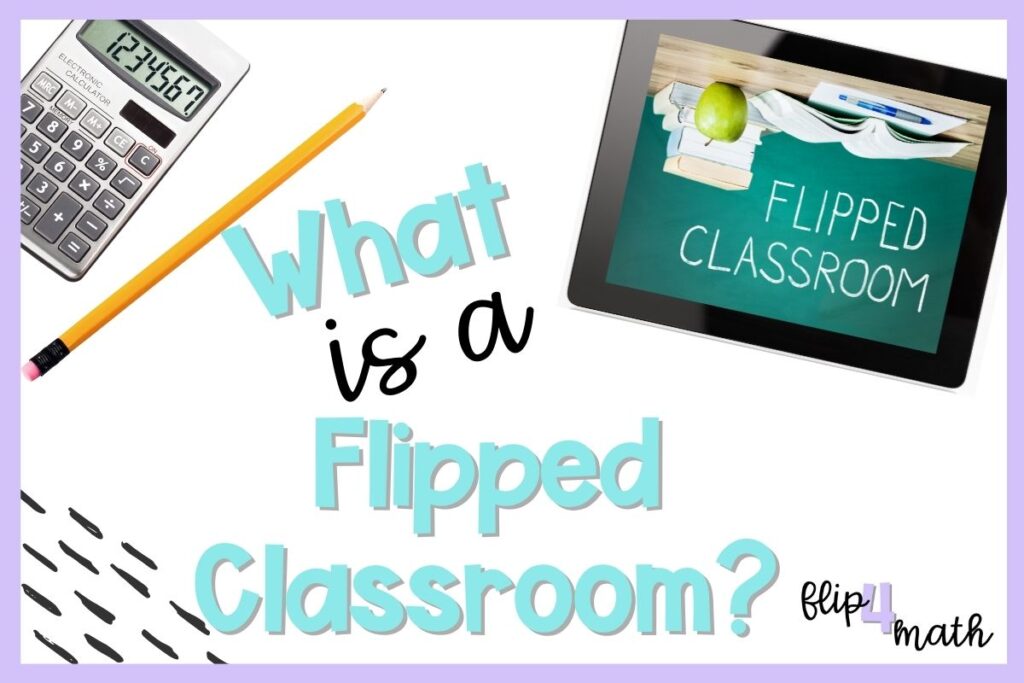
Traditional classroom v. Flipped classroom
In a traditional classroom, direct instruction takes place during class. The majority of the lesson comes from the teacher. I remember standing in front of the classroom. Trying to get students to understand new material. Some students were bored because they already understood the lesson. Other students would be confused. I would try to squeeze in some practice but there wasn’t much time. At the end of the class, students were given homework to practice what they may or may not have learned.
A flipped classroom is the opposite. It is a chance to give my students ownership of their learning. Students are instructed through video to take notes at home. During the next class, we apply the lesson to practice what they learned. In a flipped classroom, I can adjust the practice to meet their needs. It is an opportunity to have students completely engaged in the learning process.
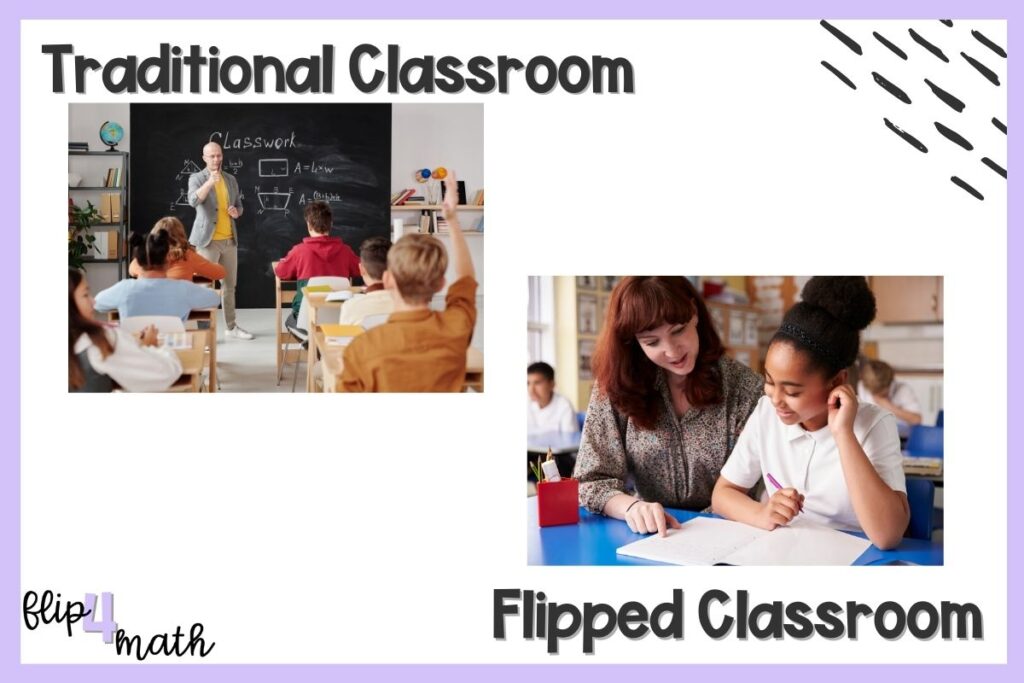
The Benefits
When I made the shift to a flipped classroom, I knew it would be the best approach for students. Instruction was no longer directed at the students in the middle. Classes were now differentiated and met the needs of everyone.
In a flipped classroom, students:
- Have control over their learning.
- Receive differentiated instruction.
- Spend time practicing one-on-one with me or other students.
- Challenge their understanding with higher-level practice.
I had so much more individualized time with students. A flipped-classroom approach meant we could talk about what they were learning. Students reviewed the lesson and took notes at their own pace. They could rewind or fast forward and not feel pressure to hurry up or slow down. It was like Netflix without binge-watching. How cool is that?
There was almost a night-and-day difference from the traditional class. The best part was the success that students were seeing. Classroom engagement increased. Checks for understanding went from basic quizzes to more rigorous assessments. I knew for certain which students were understanding new concepts.
Even better, students who missed a class were still able to keep up with lessons. They had the videos to access if they were out sick or pulled from class. Students reviewed lessons again before tests and quizzes. My flipped class put the students in control of their learning.
I was also able to build teacher-student relationships and a supportive community. Parents could hear the instruction and help students at home. They recognized my voice and would mention it during conferences. No, that part wasn’t awkward at all.
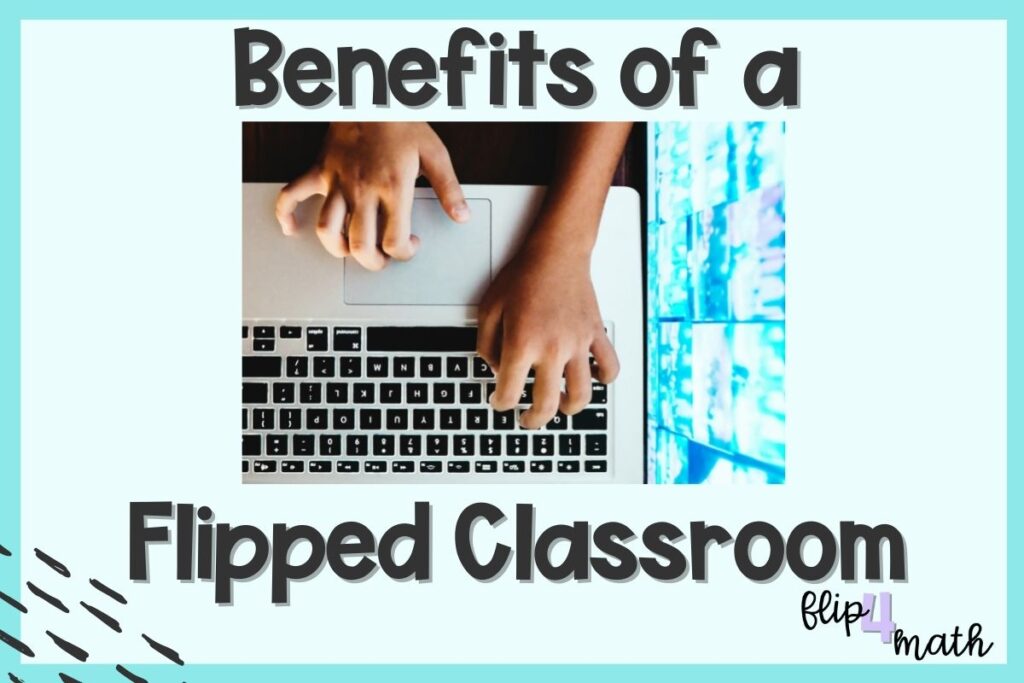
The Cons
The flipped-classroom approach is not the answer to every teacher’s dream. There are some drawbacks.
In a flipped-classroom approach:
- Students must have access to the lesson.
- Video instruction needs to be accessible for every student.
- Students are responsible for watching the instruction.
These are minor issues that can be easily removed with a positive classroom culture, engaging activities, and clear expectations.
When I started teaching, there was not as much technology available as there is today. My students did not have their own devices and there were fewer school-based software programs.
Now, students can access videos through smartphones, school computers, tablets, and other devices. They can watch the videos during tutorials or after-school activities on campus. There are many ways for students to access the lesson.
Of course, a flipped classroom lesson will need to be accessible in other ways. The length of the lesson is important. Flipped classroom instruction is not a stand-in for lectures. Keep lessons grade and age-appropriate. Provide students with clear directions on how to watch the lesson. Also, give them time to practice operating the software and to get used to taking notes. Set clear expectations for the new lesson style.
With any lesson, there will be students that don’t meet the expectations. It wouldn’t be teaching if a few students didn’t test the limits. Positive classroom culture and engaging activities are essential for a flipped classroom. I set up tools (EdPuzzle) to help students be successful. I engage students in the video. There may be questions that appear during the video. I give handouts to complete during the video. As well as other methods to check student understanding. If a student doesn’t watch the lesson before the class, there are consequences. They will miss out on the day’s practice activity or other opportunities in the classroom.
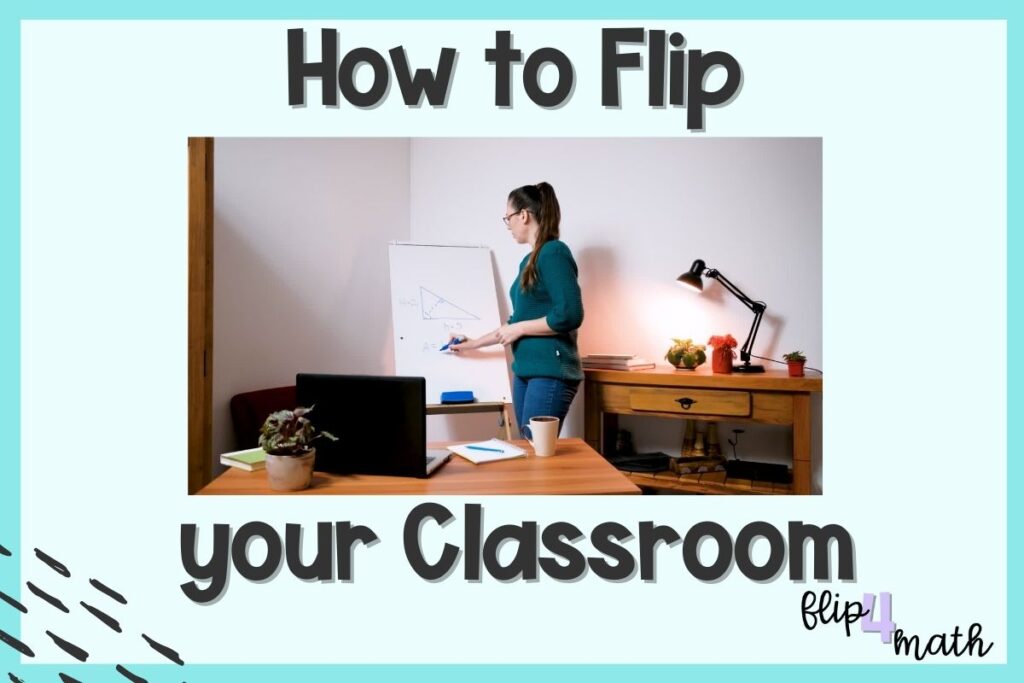
How to teach a flipped classroom
The flipped classroom approach can be used with any subject. My expertise is math. But, there are Language Arts and Science teachers that run successful flipped classrooms.
Here are the basics for teaching a flipped classroom lesson.
- Record a video.
In my math classroom, I start with a video of myself. This helps students to see me as the authority on the subject. They already know me. I use the same vocabulary in the lesson and during practice. I want students to be successful in applying what they learn. If you are short on time, use other video sources.
- Set clear expectations.
Students understand the expectations of each lesson. Some lessons are one quick video to watch and listen to. In other lessons, they will complete a handout. Or interact with the video and complete a digital activity. Before giving them the video, I set students up for success.
- Plan engaging activities.
I have a plan for how students will show their understanding. It is important to keep students engaged. Group activities, partner work, and rotating stations can help keep students participating. During this time I meet with students. They may need more help or a push towards more challenging practice.
Flipped classroom activities
The most challenging part of running a flipped classroom? Needing to decide what to do with all the free time I had during class.
This was the chance to get the students involved in their learning. I made sure to vary what we did in class and the levels of questioning. This was my chance to get to know what students did not understand or may have already mastered.
Here are some of the most engaging activities that I use with my 6th-grade math students.
Printable flipped classroom activities
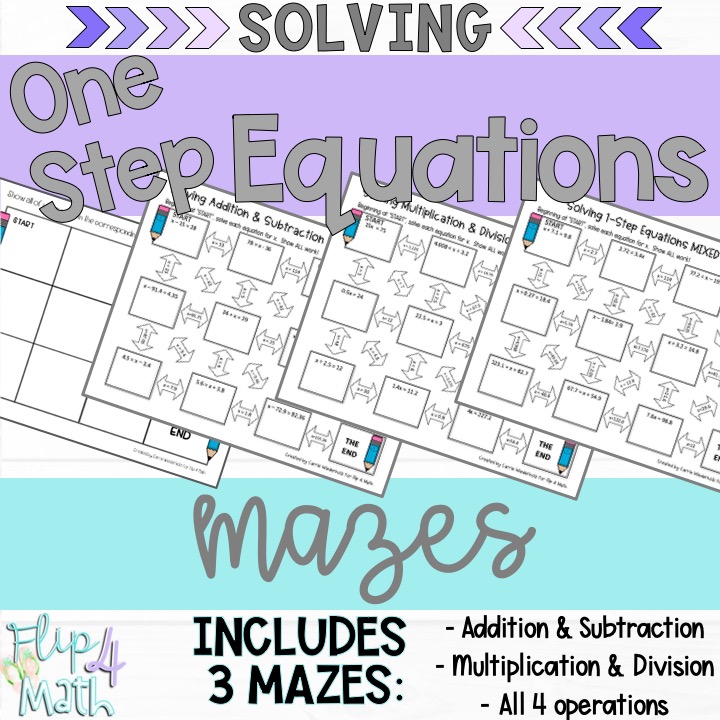
Mazes aren’t just outdoor exercises. My class loves to complete these independently and as a group.
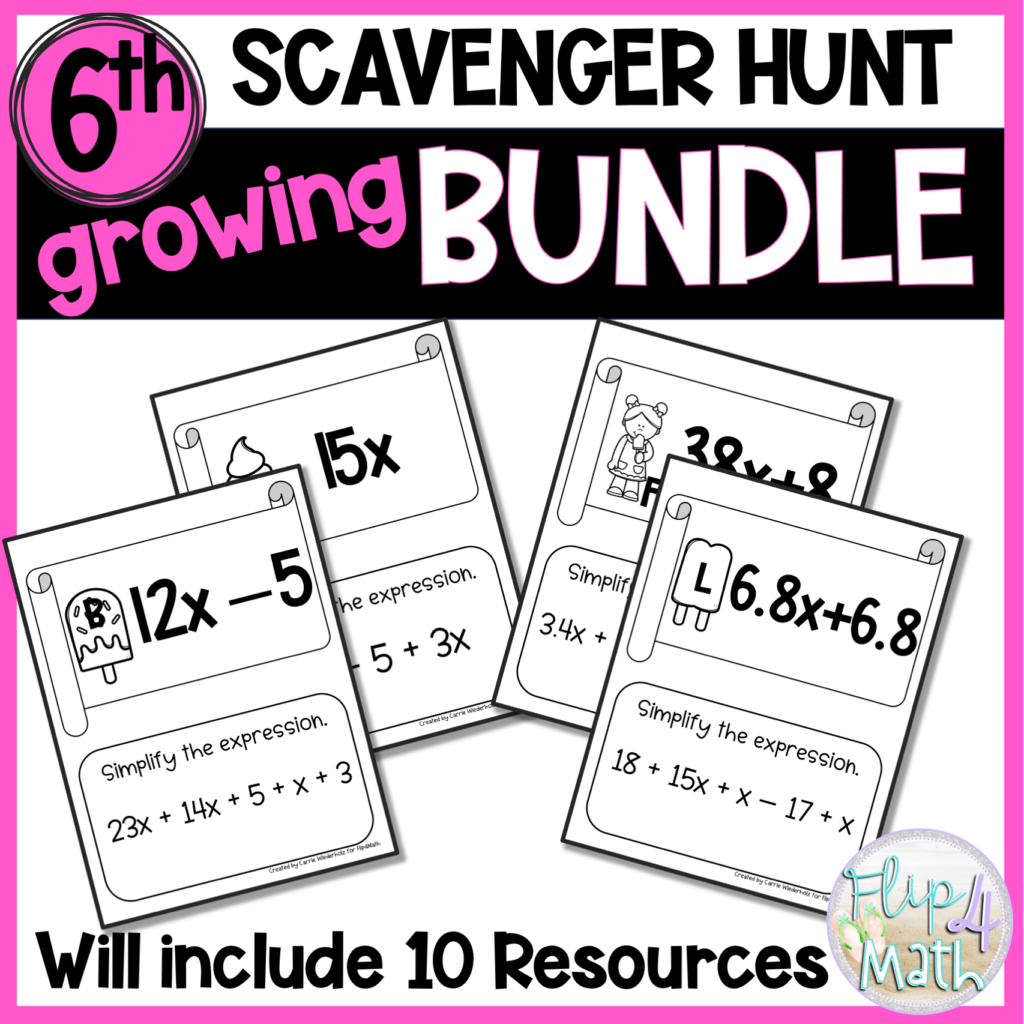
With any level concept, my students enjoy a good scavenger hunt. This activity gets them moving around and excited to use their new knowledge.
Digital flipped classroom activities

My students enjoy mystery picture activities. They love the reward of finding the picture after completing math problems. The bonus is that this self-check activity helps me to manage one-on-one lessons.
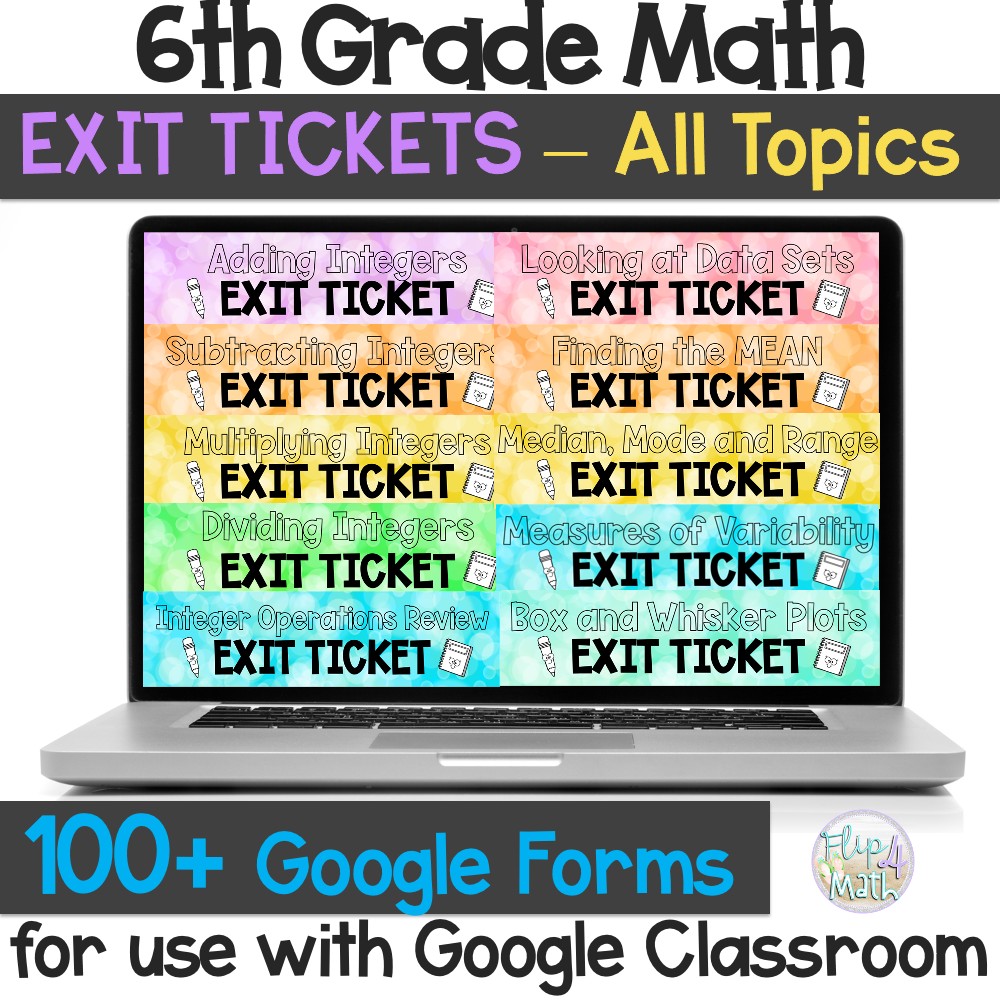
Quick checks for assessment are a great way to know who is on track in class. These Google Classroom exit tickets provide me with immediate feedback. They are full of questions at various levels of rigor.
A flipped classroom structure helps reach all levels of students. There is so much practice time available to apply what they learn. Which leads to more opportunities for student success.
Are you considering a flipped-classroom approach? Share questions you have about getting started in the comments.






